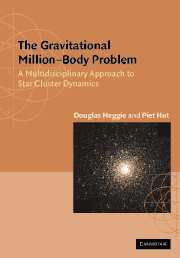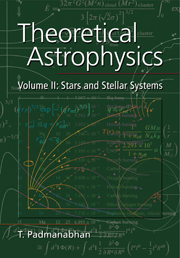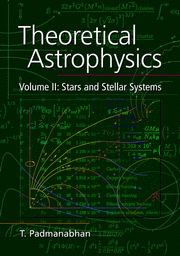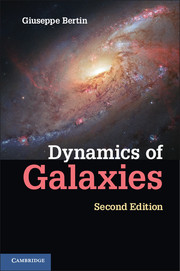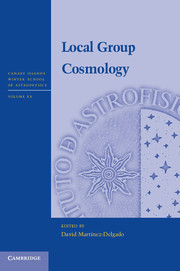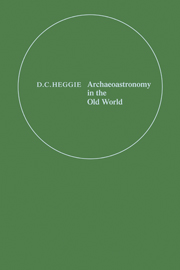The Gravitational Million–Body Problem
The globular star clusters of the Milky Way contain hundreds of thousands of stars held together by gravitational interactions, and date from the time when the Milky Way was forming. This 2003 text describes the theory astronomers need for studying globular star clusters. The gravitational million-body problem is an idealised model for understanding the dynamics of a cluster with a million stars. After introducing the million-body problem from various view-points, the book systematically develops the tools needed for studying the million-body problems in nature, and introduces the most important theoretical models. Including a comprehensive treatment of few-body interactions, and developing an intuitive but quantitative understanding of the three-body problem, the book introduces numerical methods, relevant software, and current problems. Suitable for graduate students and researchers in astrophysics and astronomy, this text also has important applications in the fields of theoretical physics, computational science and mathematics.
- Provides an insight to the most recent developments in the field of collisional stellar dynamics
- Written to be accessible to astronomers, theoretical physicists, computational scientists and mathematicians
- Complete with exercises throughout to test, consolidate and extend knowledge
Reviews & endorsements
'The book contains lucid and concise descriptions of most of the important tools in the subject, with only a modest bias towards the authors' own interests.' Classical and Quantum Gravity
'Enhanced by exercises for the reader, this book is a comprehensive preparation for cutting edge research in the field of stellar dynamics.' Orion
'What they did, covers many aspects of the problem: a historical overview, analytical details for the solvable cases, numerical solutions including computer codes for others, applications for astrophysical examples like star clusters, and a reference list covering twenty pages.' Zentralblatt MATH
Product details
January 2003Paperback
9780521774864
372 pages
247 × 174 × 20 mm
0.793kg
85 b/w illus. 5 tables 136 exercises
Available
Table of Contents
- Part I. Introductions:
- 1. Astrophysics introduction
- 2. Theoretical physics introduction
- 3. Computational physics introduction
- 4. Mathematical introduction
- Part II. The Continuum Limit:
- 5. Paradoxical thermodynamics
- 6. Statistical mechanics
- 7. Motion in a central potential
- 8. Some famous models
- 9. Methods
- Part III. Mean Field Dynamics:
- 10. Violent relaxation
- 11. Internal mass loss
- 12. External influences
- Part IV. Microphysics:
- 13. Exponential orbit instability
- 14. Two-body relaxation
- 15. From Kepler to Kustaanheimo
- Part V. Gravothermodynamics:
- 16. Escape and mass segregation
- 17. Gravothermal instability
- 18. Core collapse rate for star clusters
- Part VI. Gravitational Scattering:
- 19. Thought experiments
- 20. Mathematical three-body scattering
- 21. Analytical approximations
- 22. Laboratory experiments
- 23. Gravitational burning and transmutation
- Part VII. Primordial Binaries:
- 24. Binaries in star clusters
- 25. Triple formation and evolution
- 26. A non-renewable energy source
- Part VIII. Post-Collapse Evolution:
- 27. Surviving core collapse
- 28. Gravothermal oscillations
- 29. Dissolution
- Part IX. Star Cluster Ecology:
- 30. Stellar and dynamical evolution
- 31. Collisions and capture
- 32. Binary star evolution and blue stragglers
- 33. Star cluster evolution
- Appendices.

